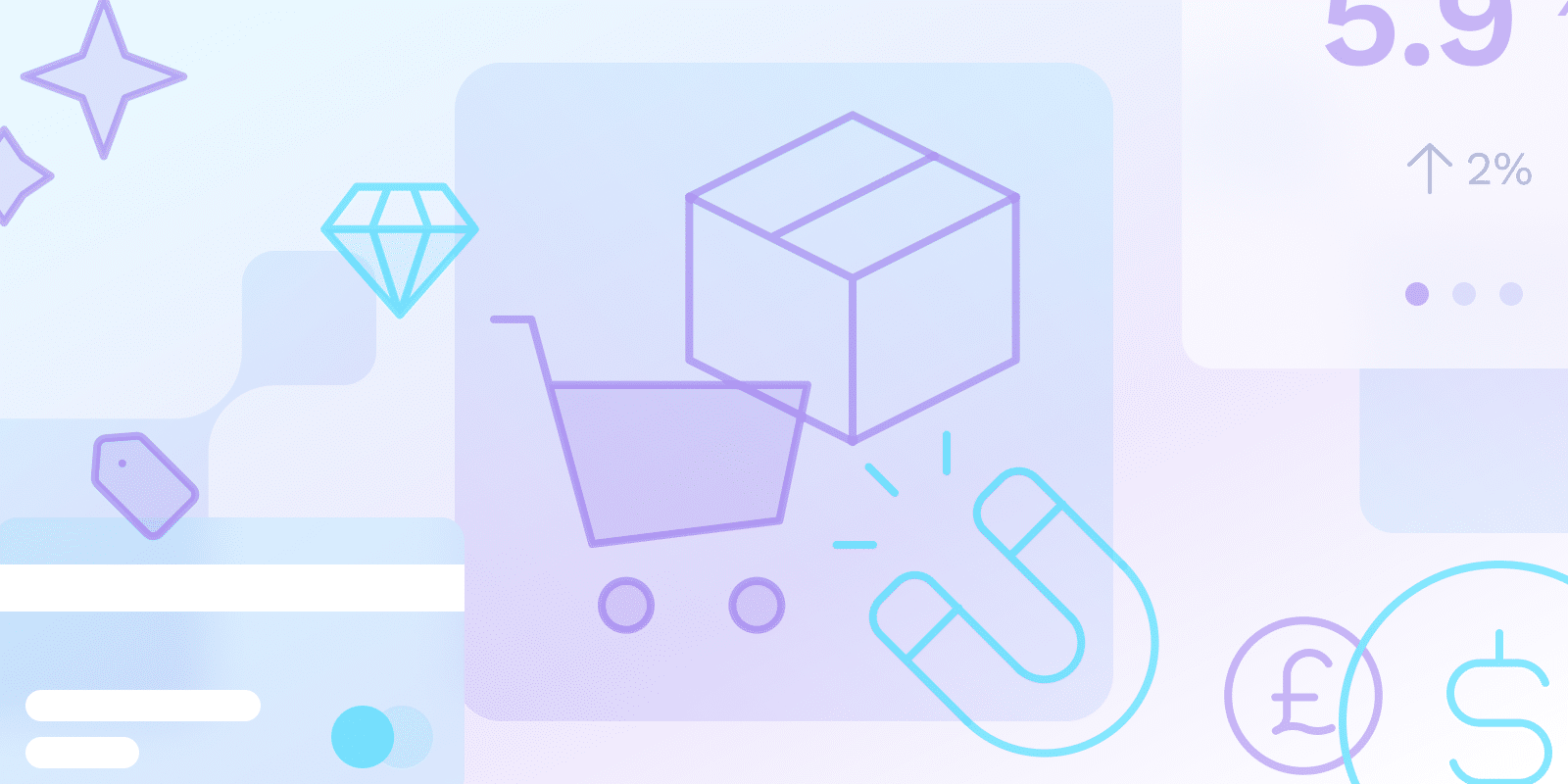Wskaźniki i KPI dla SaaS
Czym jest retencja produktu SaaS?
Opublikowano: luty 19, 2025
Ostatnia aktualizacja: luty 21, 2025

What is SaaS product stickiness?
SaaS product stickiness is the term used to describe consumers’ propensity to return to and interact with a SaaS product again and over again, indicating its essential importance in their work. Stickier products are more essential to consumers, encouraging regular use and devotion, which is frequently demonstrated by subscription renewals.
While a highly sticky SaaS product can relate to increased profitability and customer lifetime value (CLTV), individual results may vary. For optimum effect, it is imperative to comprehend the elements that affect stickiness and make a concerted effort to improve the user experience.
How is SaaS product stickiness calculated?
In essence, SaaS product stickiness is a gauge of how much customers adore and depend on your offering, causing them to return for more. It demonstrates how “sticky” your product is and how essential it is to their daily routine.
This is the usual calculation method:
Stickiness Score (%) = (DAU / MAU) * 100
- The quantity of distinct users who interact with your product on a particular day is known as DAU (Daily Active Users).
- The quantity of distinct users who interact with your product over the course of a month is known as MAU (Monthly Active Users).
Na przykład:
Your stickiness score would be as follows if you had 10,000 monthly active users and 2,000 daily active users:
20% is (2,000 / 10,000) * 100
What factors contribute to SaaS product stickiness?
Several things influence how sticky SaaS products are. Customer service, community involvement, overall user experience, and the product’s capacity to alleviate consumer pain points are the most crucial. Businesses can create products more likely to retain consumers and bring in recurring revenue by concentrating on these criteria. Maintaining a high degree of stickiness also requires carefully listening to customer feedback and constantly improving the product depending on user preferences.
How do we achieve SaaS product stickiness?
The capacity of your SaaS product to become so valuable and integrated into your users’ workflows that they stay engaged and loyal is known as “stickiness.” There is a possibility that this could lead to lower churn, higher retention, and long-term revenue growth, but outcomes may vary. You may encourage habit-building and loyalty by concentrating on developing a product that people find engaging and frequently interact with. This devoted user base helps you build a solid business foundation and a steady source of long-term income.
As demonstrated by DAU/MAU ratios (daily active users to monthly active users), research demonstrates a strong association between product stickiness and several favorable consequences, including greater customer loyalty, increased user engagement, and a dependable base of devoted consumers who regularly use your product.
How can SaaS companies implement the strategies discussed here to improve product stickiness?
SaaS organizations can employ various strategies to engage users, optimize the user experience, and incorporate user feedback for continuous product improvements. These initiatives are associated with higher feature adoption, potentially leading to upsells and impacting customer retention and stickiness.
In particular, businesses should give good customer service, efficiently onboard new users, and routinely gather and act upon user feedback. Stickiness and user engagement can also be increased by presenting the complete value proposition of their product and making tailored recommendations.
How does the stickiness of SaaS products differ from that of traditional software?
Because SaaS solutions differ significantly from traditional software in terms of delivery, accessibility, cost structure, and sales dynamics, they exhibit a high degree of stickiness.
- Delivery & Accessibility: Because SaaS apps are hosted online, users may access them instantly from any device with an internet connection. Because there is no need for installation or downloads, users can use them more conveniently.
- Cost Structure: Software as a Service (SaaS) often uses a subscription-based business model, providing variable pricing options and doing away with the need for upfront software license fees. This encourages affordability for companies of all sizes and lowers the financial barrier to entrance.
- Sales Dynamics: SaaS prioritizes establishing enduring connections with clients, generating recurrent income streams, and continuously enhancing products in response to user input. This encourages continuous participation and a cooperative atmosphere.
Usually requiring greater upfront expenditures, such as licensing fees and continuing maintenance charges, this conventional software is sold as a one-time purchase with a perpetual license.
- Delivery and Accessibility: Installing traditional software on separate devices might limit accessibility and cause compatibility problems, especially with older operating systems.
- Sales Dynamics: Traditional software focuses less on long-term engagement and ongoing product development since it places more emphasis on upfront sales than on building enduring client connections.
What are the key metrics for measuring SaaS product stickiness?
Daily active users (DAU), monthly active users (MAU), user adoption, retencję, growth, net promoter score (NPS), and probability to repurchase are important measures for assessing the stickiness of SaaS products.
These metrics give you essential information about user engagement, how valuable people think your product is, and how loyal your customers are overall. You may pinpoint development opportunities and enhance your product strategy to promote long-term growth by being aware of these indicators.
To have a thorough grasp of your product’s stickiness, it is essential to take into account all indicators in combination, as no one statistic can provide a complete picture.
Wniosek
A key component of increasing client lifetime value and generating recurring income is the stickiness of SaaS products. Businesses may create products that provide more value for their consumers and promote ongoing engagement by knowing the elements that contribute to stickiness. Additionally, SaaS businesses can build a devoted client base and a durable competitive edge that support their long-term success.